Art of Bosnia & Herzegovina
Rich art history of Bosnia & Herzegovina includes artistic objects created by the inhabitants of Bosnia and Herzegovina from prehistory to present times.
Learn about Cultural Tourism in Bosnia and Herzegovina. Learn about Architecture and Literature of Bosnia and Herzegovina.
Prehistory
Bosnia and Herzegovina hosts the oldest monument of the Paleolithic age in southeastern Europe, engravings in Badanj cave near Stolac in Herzegovina. The most famous engraving is the Horse attacked by arrows, preserved in fragments dated around 14000 – 12000 B.C. The art from this era also includes impresso ceramics from Neolithic and Copper cultures, ceramic pots on four legs from Kakanj culture (neolithic), fine glazed ceramics and miscellaneous geometrical decorations from Butmir cuture (neolithic), bronze and iron jewelry and art objects of the Illyrians (7th century BC), pottery wheel art by the Celts (4th century BC).
Antiquity
The Neretva Delta in the South was rich in Hellenistic art dominated by Daors, an Illyrian tribe. Their capital was Daorson in Ošanići near Stolac, the main center of Ancient culture in Bosnia & Herzegovina. It was subsequently replaced Roman art as Romans occupied the region in the 1st century BC. Romans built several small temples decorated with reliefs. The complex of step sanctuary in Gradac near Posušje from year 184 AD had marble temple dedicated to recently deceased emperor Marcus Aurelius. Late Roman art in Bosnia & Herzegovina is marked most dominantly expressed by the construction of villas, Christian mausoleums, basilicas and oratories like the Mausoleum in Šipovo near Jajce and Villa Mogorjelo near Čapljina as well as sculptures.
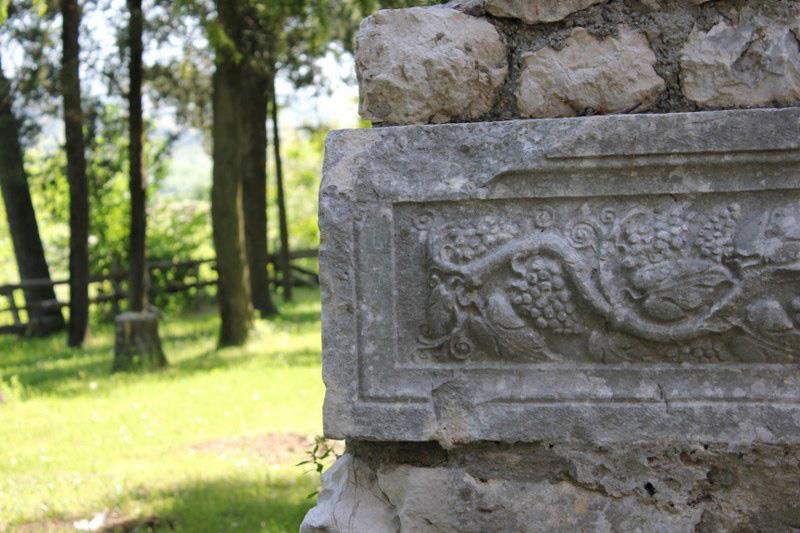
Medieval Art
In Bosnia & Herzegovina the Romanesque influence came from Croatia although it was never fully accepted and thus only adopted some elements from it. Influences of Gothic art in the 14th century are represented by preaching orders and knightly culture.
From the earliest times of Bosnian Kingdom the nobility was buried in large necropolises near roads with graves marked by monumental tombstones (stećak). A Stećak was sometimes engraved with reliefs showing all sorts of motifs, from figurative to symbols, and sometimes writings in Bosnian Cyrillic. They are strongly linked to the Bosnian Church and most of the motifs are derived from its particular belief system, although some are also derived from Romanesque (crosses, arcades with semi-circular arches, son, half-moon etc.) and Gothic (arcades with sharp arches, knight riders, shields, swords, lilies etc.) art of the West.
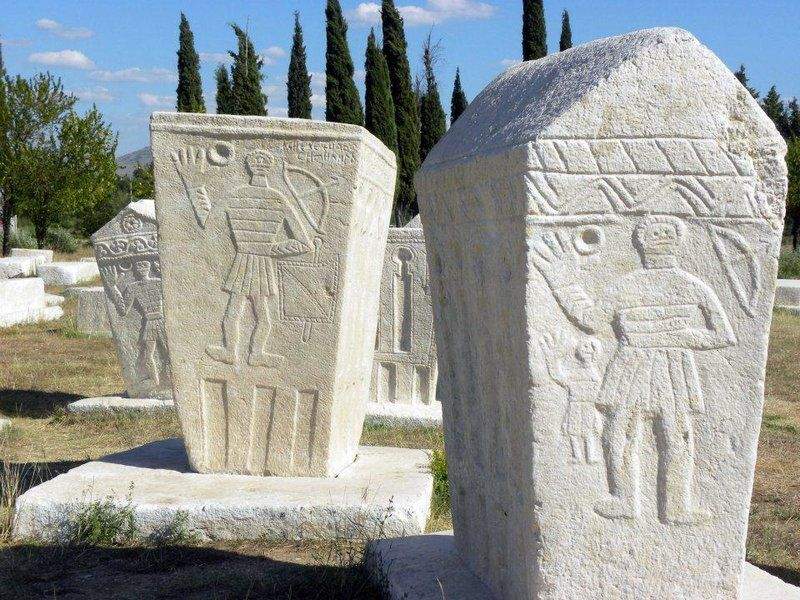
The two most extraordinary examples of illuminated manuscripts from medieval Bosnia are Hval’s missionary in Zagreb, a lavishly decorated manuscript with many miniatures. Misal Hrvoja Vukčića Hrvatinića – a liturgical book of the Bosnian duke and ruler of Dalmatia – Hrvoje Vukčić Hrvatinić, today in Istanbul, is colourfully painted with many details of knightly culture.
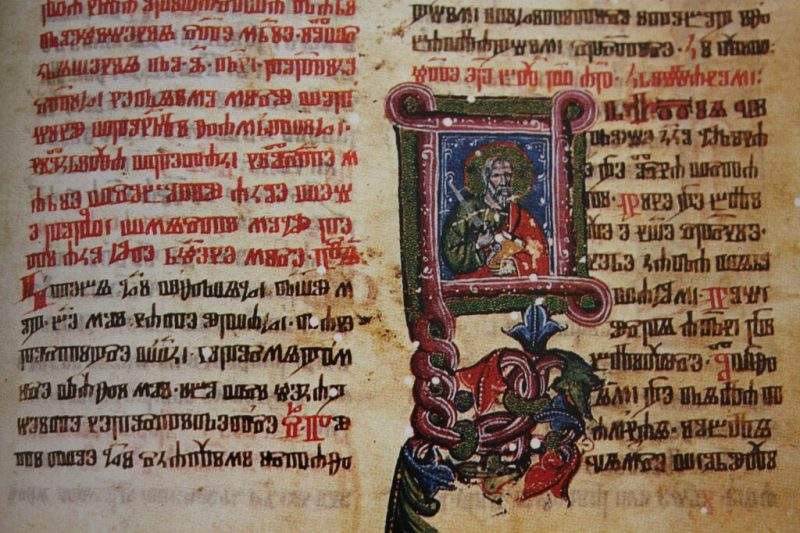
Ottoman Art
In the 16th century, all of Bosnia was under Ottomans, extinguishing the Western influence of renaissance and later baroque art from the region. However, the Ottoman period opened a new era in Bosnia & Herzegovina art, that of Islamic Art which flourished until the 19th century. At that time three constant art traditions coexisted in Bosnia & Herzegovina: Catholic-Western, Orthodox-Byzantine and the dominating Ottoman-Islamic one.
The Ottomans were quickly developing urban cities upon their conquest, building mosques, public fountains, public baths (hamam) and bridges. Islamic manuscripts, decorated in the Persian style with Islamic calligraphy, and many remain in Bosnian libraries to this day.
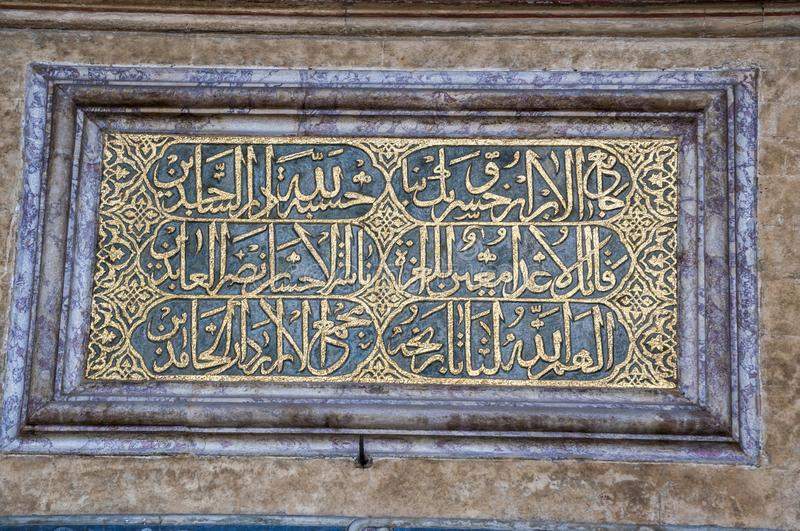
In the 16th century, the Jews expelled from Spain came to Sarajevo, where they were allowed to settle. Beside their important influence on Bosnian culture, they brought with them a luxuriously decorated manuscript called Sarajevo Haggadah from the 14th century, which is now housed in the Sarajevo museum.
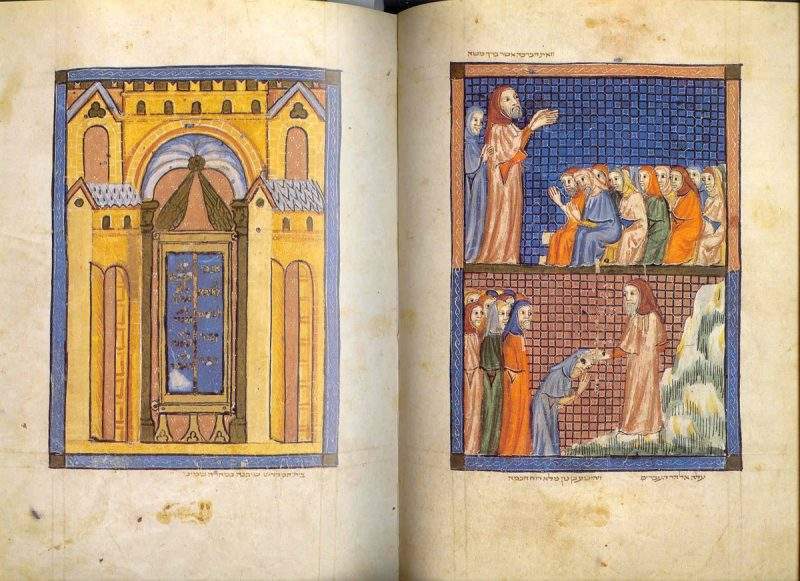
Austro-Hungarian Period
After Bosnia became part of Austro-Hungaria, the region’s art scene witnessed an intensification of activity as cities modernized and changed in structure. The first Bosnian artists were educated in large European academies in Vienna, München, Prag, Krakow, Budapest and Paris. Artists like Atanasije Popović, Lazar Drljača, Gabrijel Jurkić, Branko Radulović, Petar Šain etc., are influenced by academism with slight touches of impressionism, art nouveau, and pointillism.
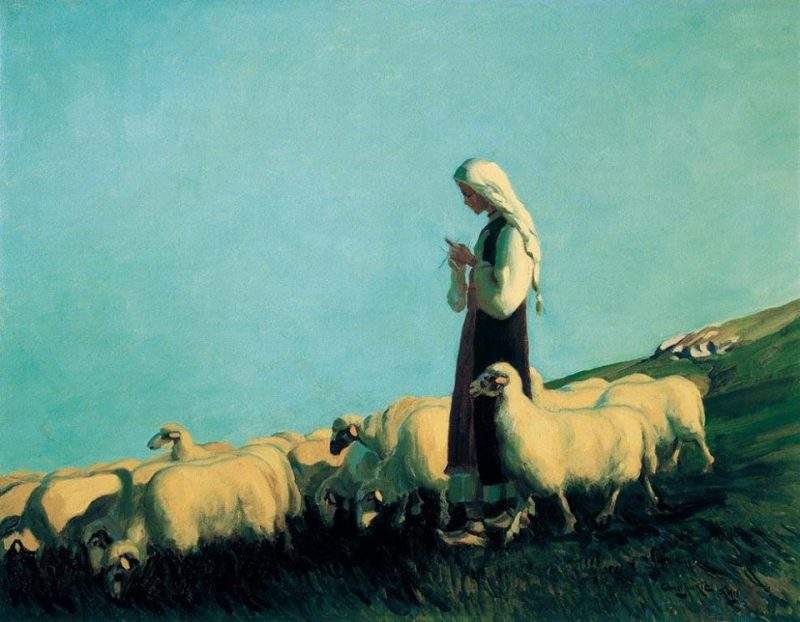
Yugoslav Kingdom Period
After the end of World War I, the society of artists from the Kingdom of Yugoslavia held numerous exhibitions and artistic gatherings like the Blažuj colony of Vladimir Becić. Participants o were Roman Petrović and Jovan Bijelić, both with abstract proclivities, while Karlo Mijić was devoted to coloristic landscapes. Vojo Dimitrijević painted “Spain in ‘37”, a representative artwork of colouristic expression with traces of Picasso and Chagall.
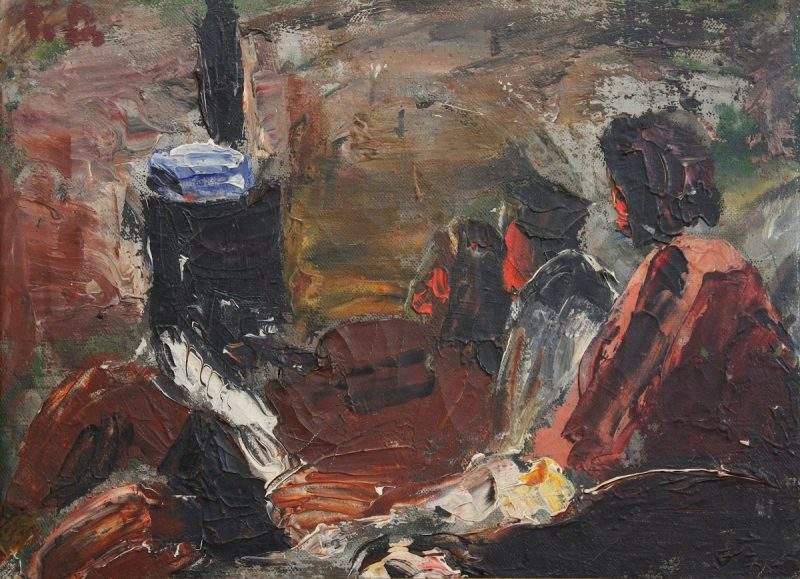
Post-WWII Yugoslavia Period
Right after World War II, artists found new expressions through the themes of Revolution and War. Prominent representatives of this are Ismet Mujezinović and Branko Šotra. In the 1970s, an art expression inspired by old Bosnian culture and tradition appeared in the graphic work of Dževad Hozo and in the paintings of Mehmed Zaimović, Seid Hasanefendić and Mersad Berber. Quite opposite to that, the urban expression of Ismar Mujezinović is more related to modern film montage and photo-optics, while Braco Dimitrijević was a Conceptual artist who worked mainly outside Bosnia & Herzegovina.
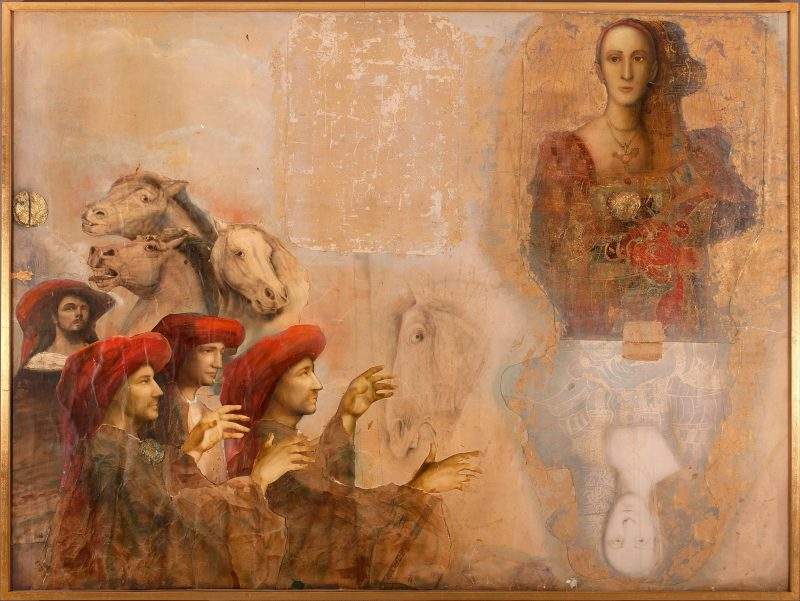
Post-Bosnian War Period
Cultural preservation of old works is under way in Bosnia and Herzegovina however, no new artists worth citation have emerged.
The best place to see some of the artworks mentioned above is the National Museum of Bosnia & Herzegovina. While most of the paintings are in private collections, some 300 artworks from Gabrijel Jurkić, Ismet Mujezinović, Petar Tiješić, Vojo Dimitrijević, Đoko Mazalić can be found viewed at National Art Gallery of Bosnia & Herzegovina.



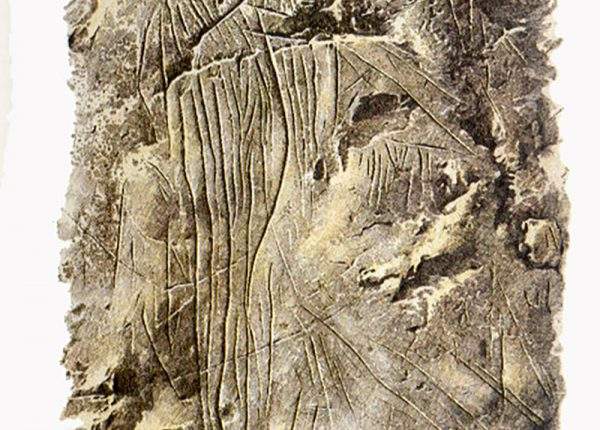
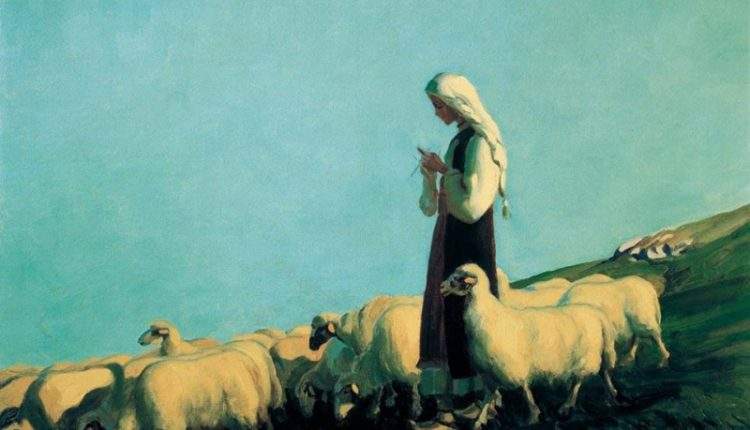
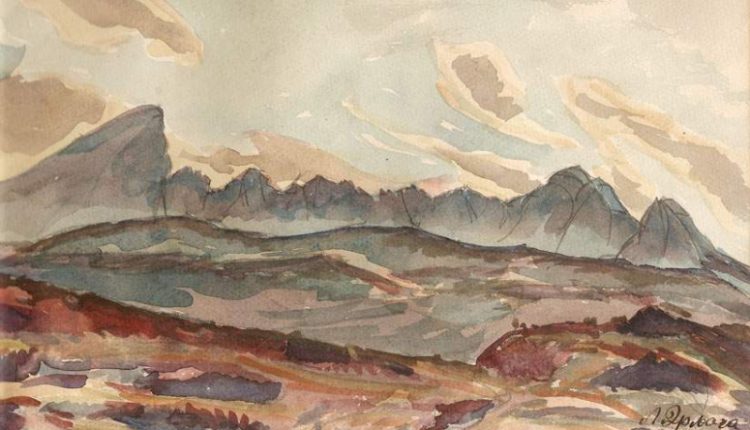
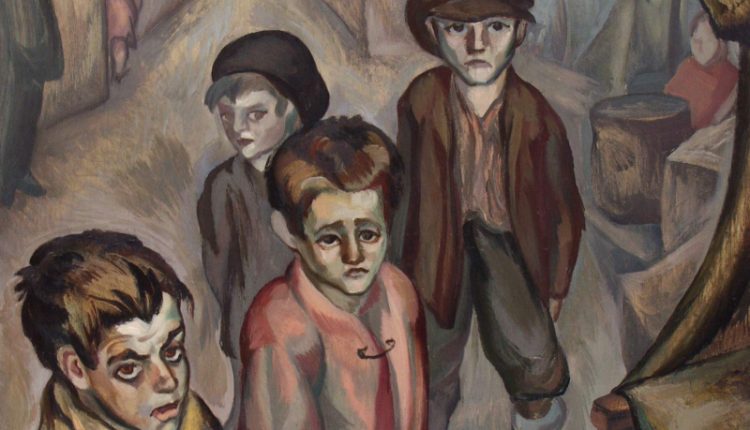
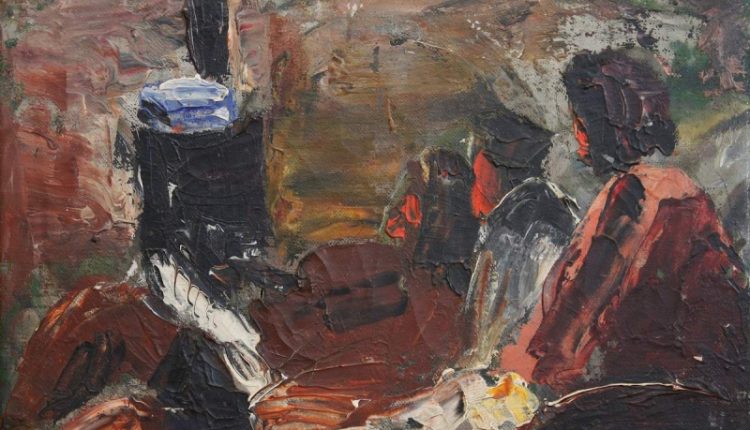
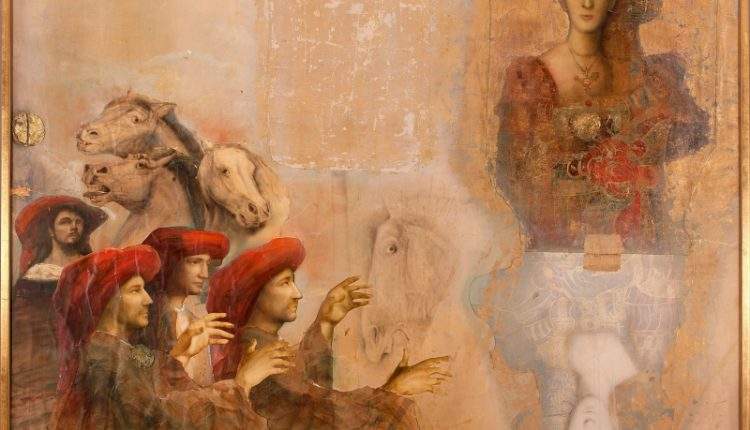
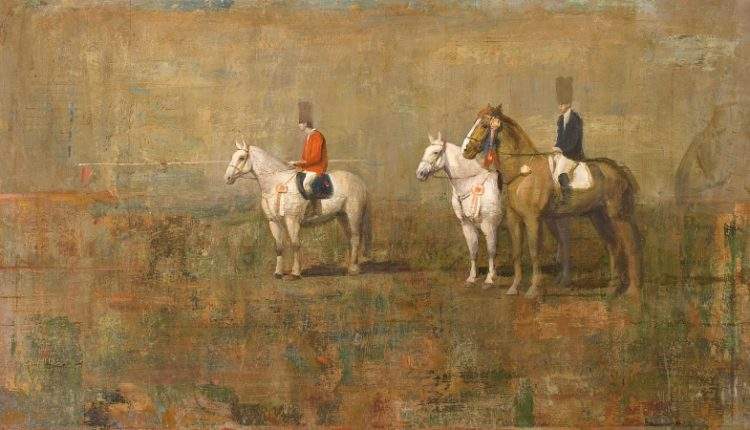
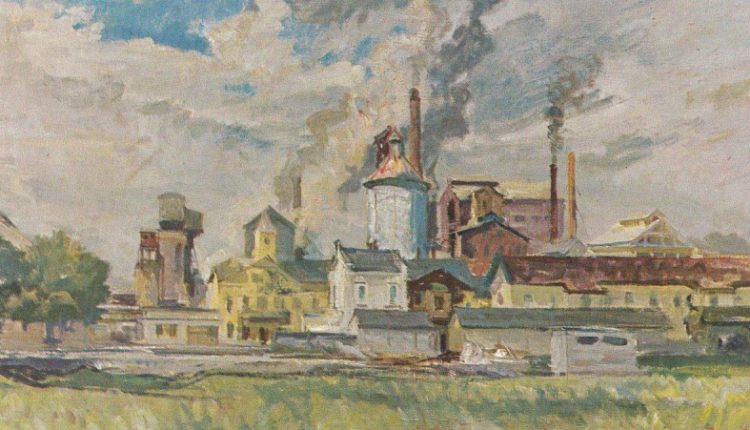
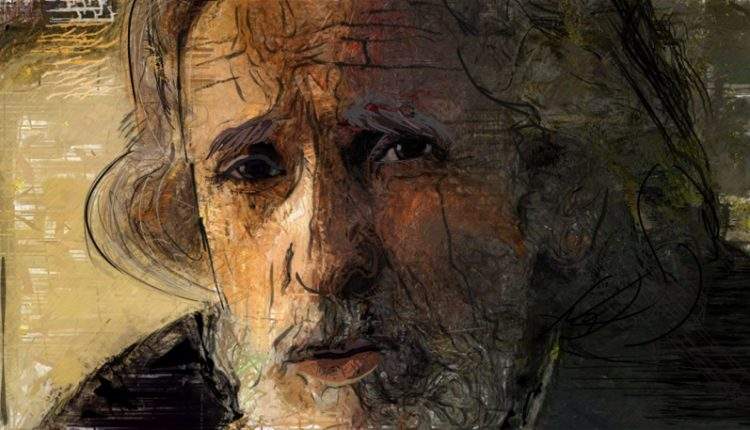
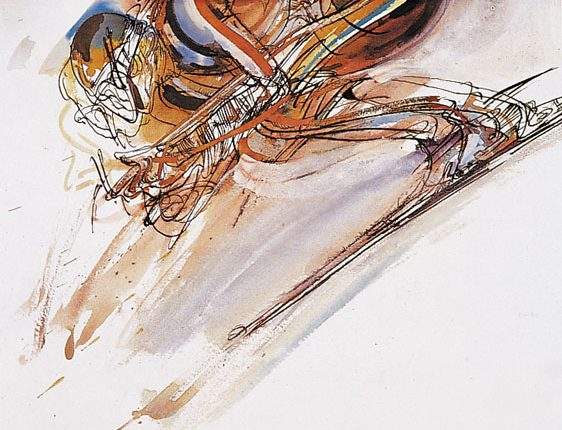
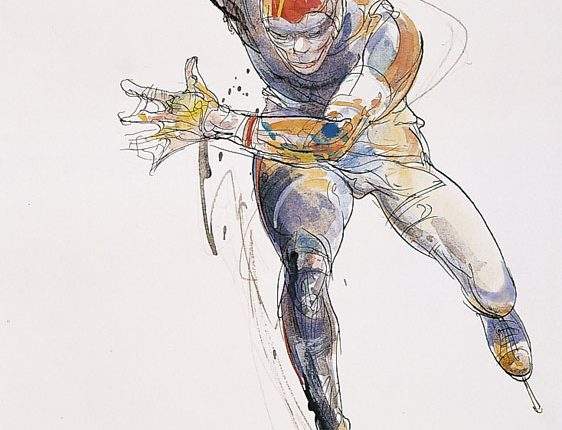
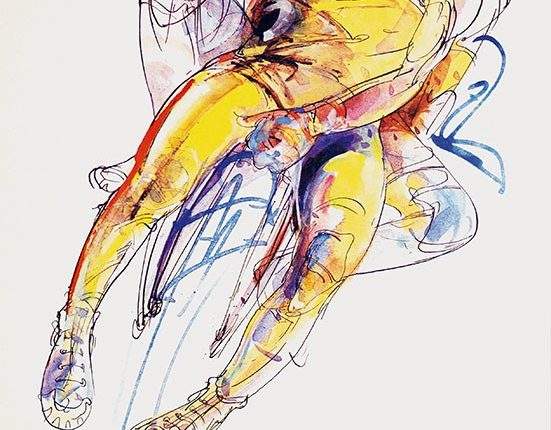
Comments are closed.